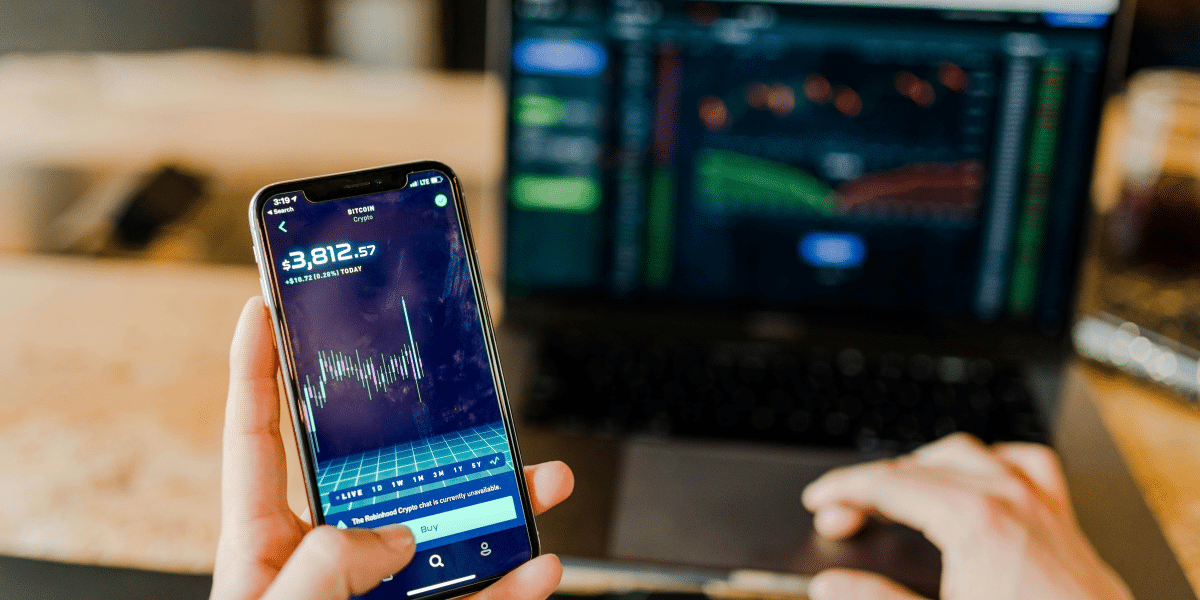Volleyball is a dynamic sport that requires a combination of strength, agility, endurance, and precision. For volleyball players, incorporating gym training into their routines can significantly enhance their performance on the court. This article explores how effective gym trainings are for volleyball players, detailing the benefits, key exercises, and best practices for optimizing results.
Benefits of Gym Training for Volleyball Players
One of the primary benefits of gym training for volleyball players is the development of strength and power. Volleyball involves explosive movements such as jumping, spiking, and blocking, which require powerful leg and core muscles. Gym training, through exercises like squats, deadlifts, and leg presses, can build the necessary muscle strength to perform these actions more effectively.
Agility and speed are crucial for quick movements and reactions on the volleyball court. Plyometric exercises, such as box jumps and agility ladder drills, can improve these attributes. These exercises enhance neuromuscular coordination, enabling players to move swiftly and change direction rapidly.
Volleyball matches can be physically demanding, requiring players to sustain high energy levels throughout. Cardiovascular exercises, such as running or cycling, incorporated into gym training, can improve cardiovascular endurance. This helps players maintain their performance during long rallies and matches.
Injury prevention is another significant advantage of gym training. Strengthening muscles and improving flexibility through targeted exercises can reduce the risk of common volleyball injuries such as ankle sprains, shoulder injuries, and knee problems. Incorporating balance and stability exercises also helps in preventing falls and awkward landings.
Key Exercises for Volleyball Players
Strength Training Exercises
Squats: Squats are essential for building leg strength and power. They target the quadriceps, hamstrings, and glutes, which are crucial for jumping and quick movements.
Deadlifts: Deadlifts strengthen the posterior chain, including the lower back, glutes, and hamstrings. This exercise enhances overall body strength and stability.
Bench Press: The bench press targets the chest, shoulders, and triceps, helping to improve upper body strength, which is essential for powerful spikes and serves.
Plyometric Exercises
Box Jumps: Box jumps are excellent for developing explosive power in the legs. They mimic the jumping movements required for blocking and spiking in volleyball.
Lateral Bounds: Lateral bounds improve lateral movement and agility, helping players to quickly move side-to-side on the court.
Depth Jumps: Depth jumps enhance reactive strength and power, which are critical for quick jumps and sudden movements.
Cardiovascular Exercises
Interval Training: High-intensity interval training (HIIT) is effective for improving cardiovascular endurance. Short bursts of intense exercise followed by rest periods simulate the stop-and-go nature of volleyball.
Cycling: Cycling is a low-impact cardiovascular exercise that builds endurance without putting excessive stress on the joints.
Flexibility and Stability Exercises
Yoga: Yoga improves flexibility, balance, and mental focus. Incorporating yoga into gym training helps players recover faster and maintain flexibility.
Balance Board Exercises: Using a balance board can improve core strength and stability, which are essential for maintaining balance during dynamic movements.
Best Practices for Gym Training
Periodization involves dividing the training program into specific phases, each with a particular focus, such as strength, power, or endurance. This approach helps in systematically improving different aspects of performance while allowing for adequate rest and recovery.
Consistency is key to reaping the benefits of gym training. Regular training sessions, typically 3-4 times a week, ensure continuous improvement and maintenance of fitness levels.
Using proper technique during exercises is crucial to prevent injuries and maximize effectiveness. It is advisable for players to work with a certified trainer or coach who can provide guidance and correct form.
Adequate recovery is essential for muscle growth and injury prevention. Players should include rest days in their training schedule and consider recovery practices such as stretching, foam rolling, and adequate sleep.
A balanced diet rich in proteins, carbohydrates, and healthy fats supports muscle growth and energy levels. Hydration is equally important to maintain performance and recovery.
Gym training is highly effective for volleyball players, offering numerous benefits such as enhanced strength, improved agility, increased endurance, and injury prevention. By incorporating key exercises and following best practices, players can optimize their performance on the court. Consistency, proper technique, and recovery are essential components of a successful gym training program. As volleyball players continue to integrate gym training into their routines, they will likely see significant improvements in their overall game.








